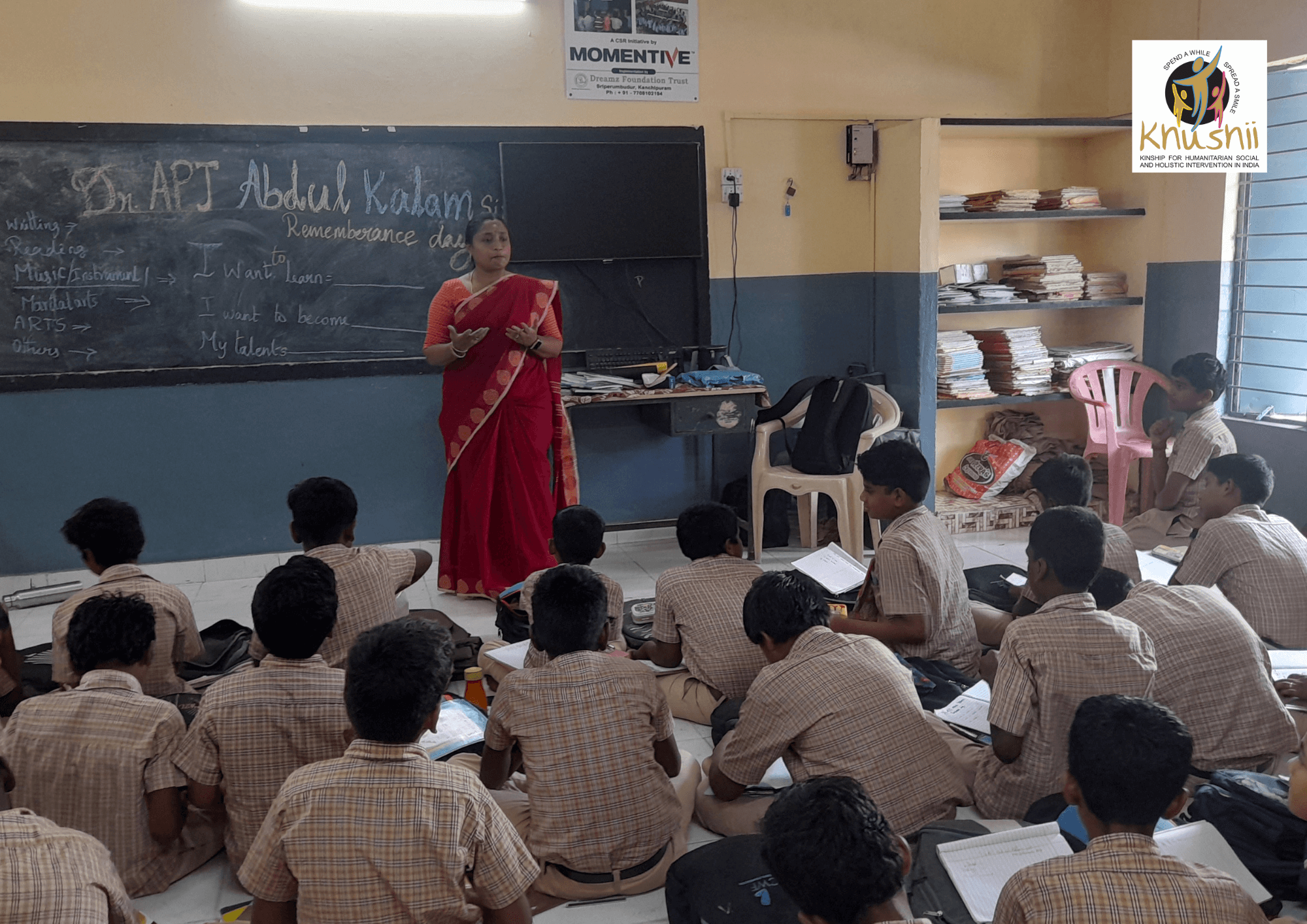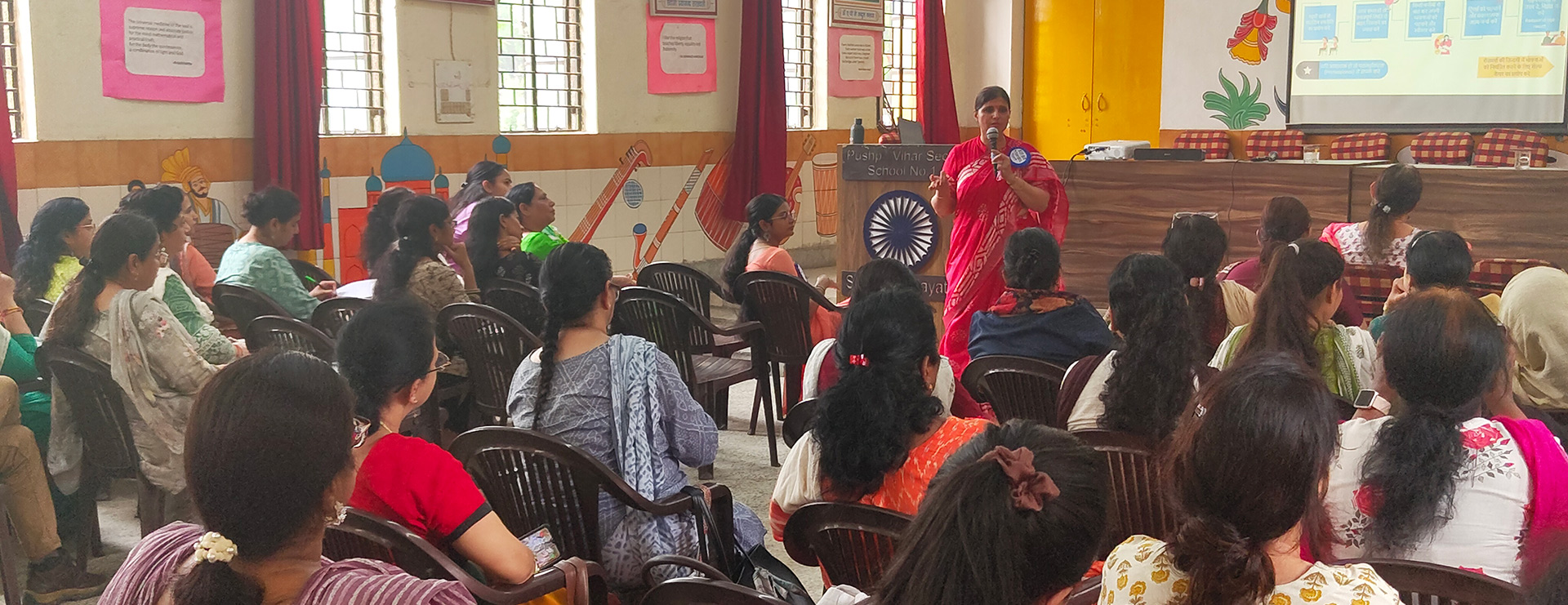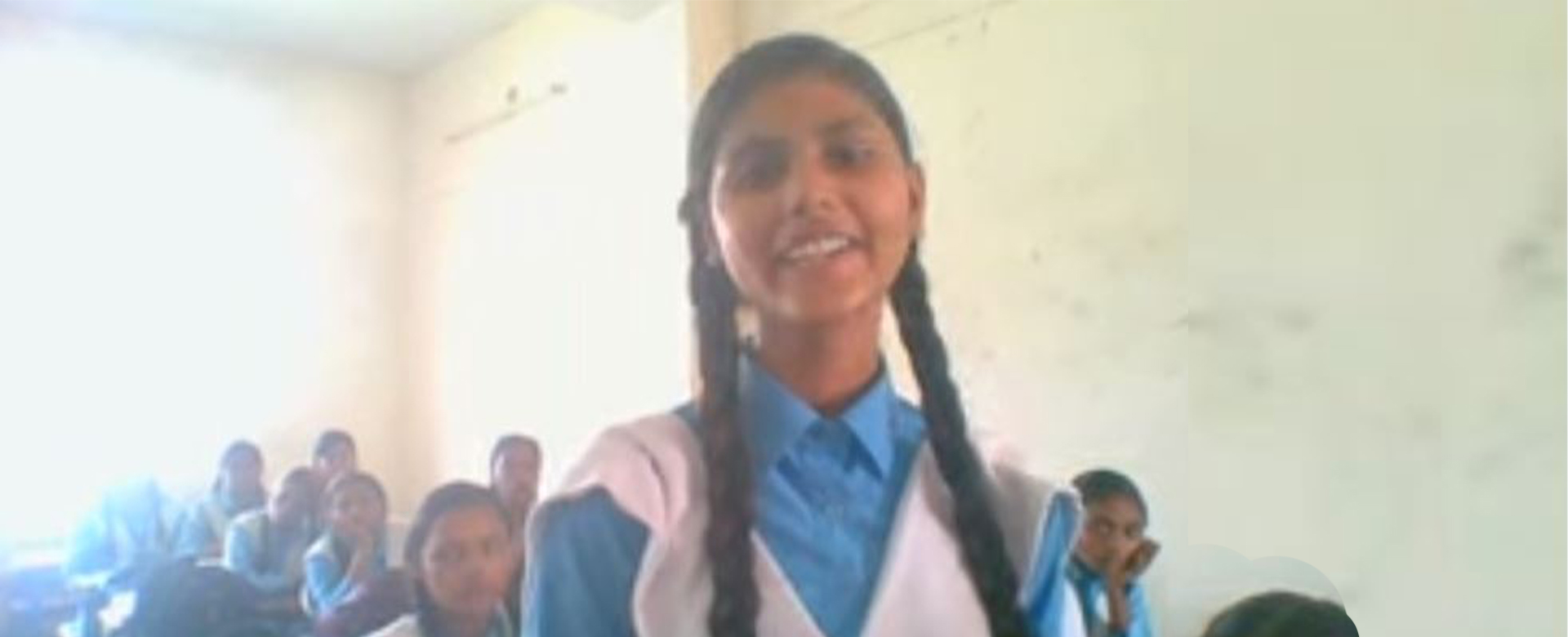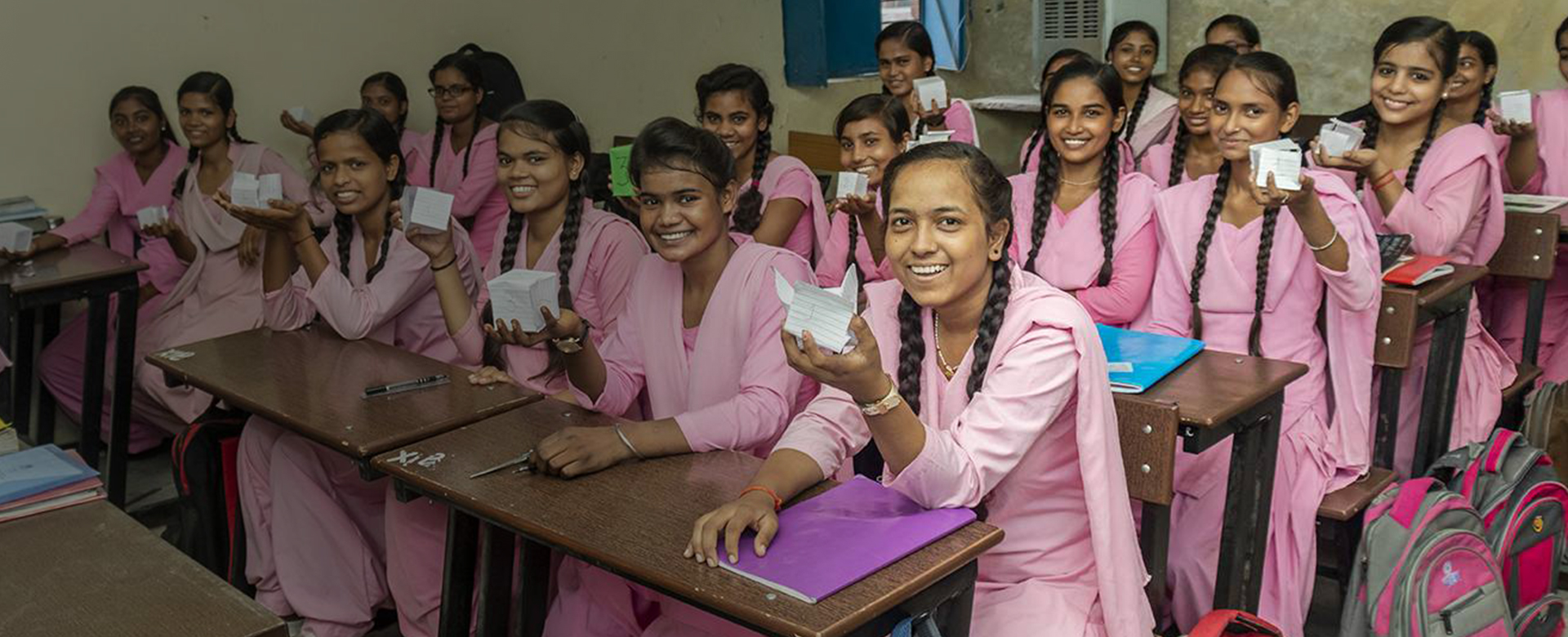ManoShakti: Early school-intervention initiative
In today’s fast-paced, technology-driven world, mental health awareness has become more critical than ever, especially for the most vulnerable members of society—children and adolescents. In India, mental health is still shrouded in stigma, often going unaddressed, particularly among marginalized communities. The ManoShakti school mental health project, launched in 2015, seeks to break this silence and ensure mental health support for school-going children across the country. By leveraging the World Health Organization’s tiered approach and working directly with students, parents, and teachers, ManoShakti aims to create lasting changes in mental health attitudes and support systems.
The Crisis: Mental Health Among Marginalized Youth
Children and adolescents from underprivileged backgrounds face a range of socio-economic challenges that profoundly affect their mental health. Poverty, lack of access to quality education, and societal pressures weigh heavily on young minds. Research led by Malhotra et al. reveals that an alarming 23.3% of school children in India suffer from psychiatric disorders, and the mental health crisis only worsens as children grow older. Suicide has become the leading cause of death among Indian youth, according to a study by Patel et al., making India the country with the highest youth suicide rate globally. These staggering statistics point to the urgent need for early mental health interventions and education, particularly within school environments.
To address this critical issue, ManoShakti adopts a comprehensive, evidence-based approach to mental health interventions, working within the school system to ensure maximum reach and impact. This project operates on several key pillars that are aligned with India’s National Education Policy (NEP) 2020, ensuring that every child receives the mental health support they need.
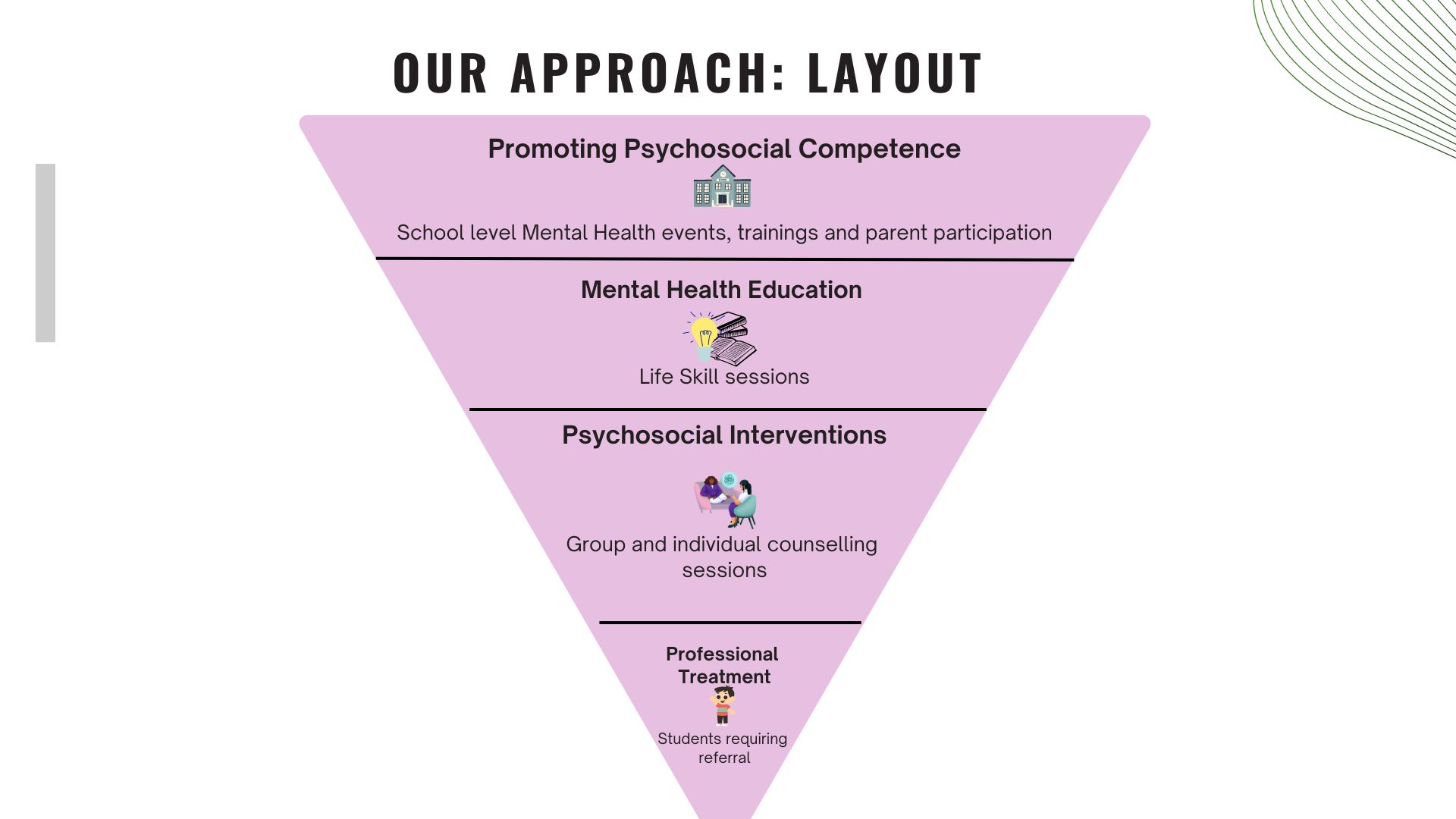
1. Mental Health Events and Mental Health Awareness Sessions
The foundation of the ManoShakti project is rooted in spreading awareness. Monthly mental health events are conducted at schools (Ecological level) to open up conversations around mental health, helping children understand the importance of mental well-being and reducing the stigma associated with seeking help. Additionally, mental health awareness sessions conducted regularly, aim to equip students with the tools they need to navigate emotional and psychological challenges. According to research by Smith et al., life skills education is one of the most effective ways to reduce anxiety, stress, and depression among adolescents, creating a more resilient population in the long term.
2. Group and Individual Counselling
Beyond awareness, ManoShakti ensures direct intervention through group and individual counselling sessions. These sessions provide a safe space for students to express their struggles and work through their mental health challenges. A study by Williams et al. highlights the long-term benefits of school-based mental health programs, showing that early interventions can significantly reduce the risk of mental disorders in adulthood. By offering both group and individualized care, ManoShakti makes mental health support accessible to those who need it most.
3. Engaging Parents and Teachers
A child’s mental health does not exist in isolation. Parents, teachers, and the broader community play a crucial role in supporting children’s emotional well-being. ManoShakti involves parents and teachers in its programming, holding regular meetings and counselling sessions to ensure that children receive consistent support both at school and at home. By building this multi-layered support system, the initiative creates a more inclusive, understanding environment where mental health is prioritized.
ManoShakti’s Vision for the Future
ManoShakti’s vision extends far beyond short-term interventions. The project aims to build a sustainable mental health model that can be replicated across different regions and schools, ensuring that no child is left behind when it comes to mental health support.
Sustainable Change Through Early Intervention: By focusing on early intervention, ManoShakti works to prevent mental health issues before they become more serious. Research consistently shows that early identification of mental health problems can significantly improve outcomes. The project’s focus on children ensures that they develop coping mechanisms and resilience from a young age, setting them up for a healthier future.
Breaking the Cycle of Exclusion: Children from marginalized communities are often caught in a cycle of exclusion and mental health stigma. By providing mental health education and support, ManoShakti is not only addressing immediate concerns but also working to break this cycle. By empowering children, parents, and teachers with the knowledge and tools they need, the project is shifting societal narratives around mental health, reducing stigma, and fostering a more inclusive future.
The Manoshakti program’s impact on student’s mental well-being was quantitatively analyzed using the WHO-5 well-being index. This index measures emotional and psychological health across different score ranges, where higher scores reflect better mental health. The pre-and post-intervention scores from a sample size of 11,707 students highlight a significant improvement in their well-being.


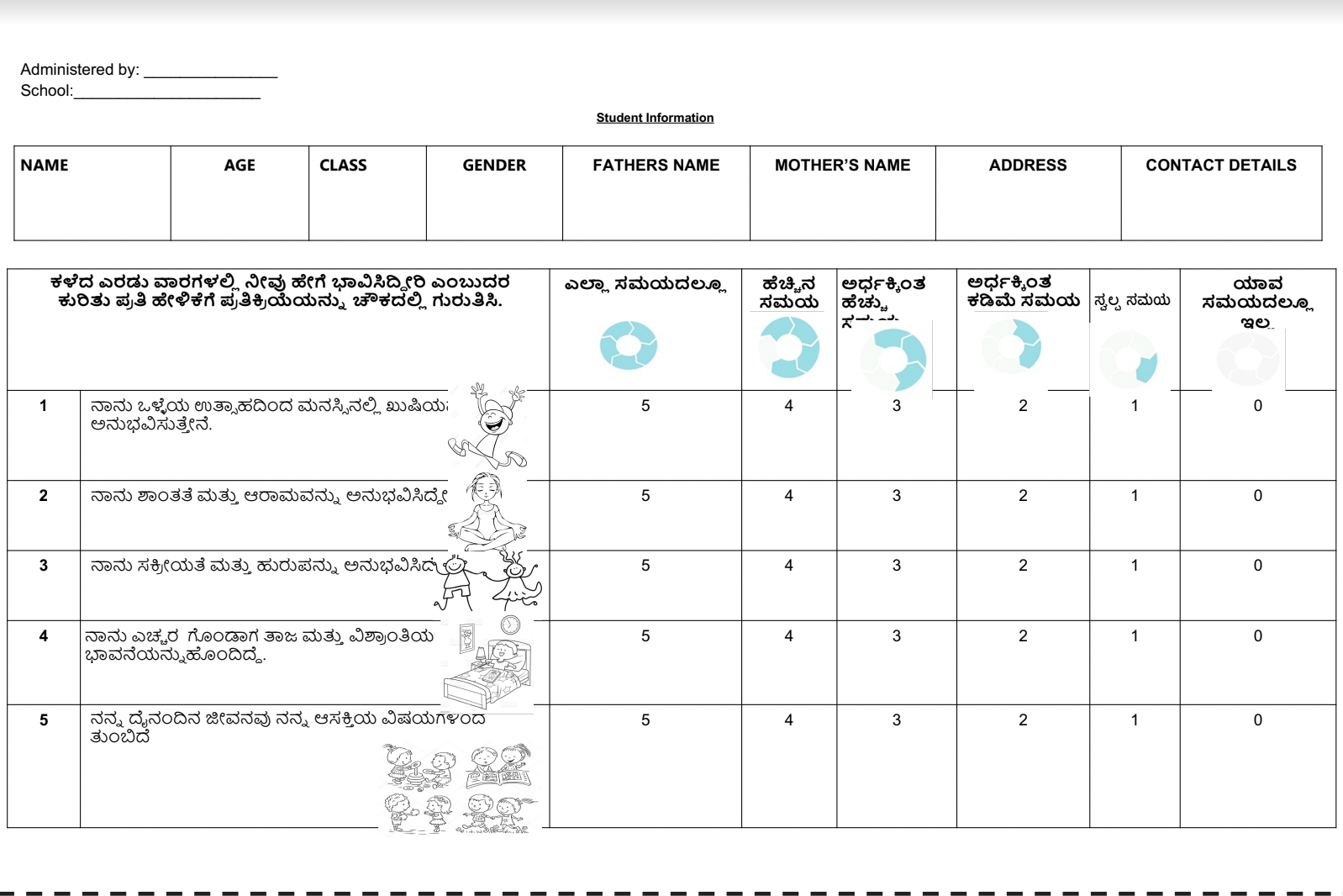
(WHO 5 Scale, translated into two languages- Hindi, and Kannada)
Scoring division of WHO 5 Scale

Key Findings for two years: Pre and Post-intervention comparative analysis

● Pre-Intervention Scores (30-70 range): The majority of students scored within this range initially, reflecting moderate mental well-being with room for improvement.
○ 42% of students scored between 50-60, indicating good but not optimal well-being.
○ 38% fell in the 60-70 range, suggesting fairly strong emotional health, yet still lacking a higher level of resilience and positivity.
● Post-Intervention Scores (70-100 range): After the Manoshakti interventions, a considerable shift was observed:
○ 27% of students now scored between 70-80, representing excellent mental well-being, which signifies high emotional resilience and overall positivity.
○ 18% scored in the 80-90 range, and 14% achieved scores in the highest 90-100 range, reflecting the program’s effectiveness in fostering profound emotional and psychological growth.
This improvement underscores the success of Manoshakti in not only enhancing the students’ overall well-being but also elevating those who initially had moderate scores to a more resilient and emotionally positive state. The transition of scores from 30-70 to 70-100 after the interventions validates the effectiveness of the program’s holistic approach to mental health, which focuses on providing emotional support, fostering resilience, and improving in overall mental health of students.
In a country where mental health services are often inaccessible, ManoShakti stands as a beacon of hope for marginalised students. By working within the school system, engaging parents and teachers, and using data-driven strategies, the project is creating a lasting impact on the mental health of children across India. As it continues to grow and evolve, ManoShakti is not only addressing the immediate mental health crisis but also laying the groundwork for a mentally resilient generation. Through early intervention, awareness, and support, ManoShakti is changing lives—one child at a time.
About the Author:
Prakriti Pandia, Head of Mental Health Department (PhD Scholar and RCI Registered)
KHUSHII NGO
References:
1 Gururaj, G., Varghese, M., Benegal, V., Rao, G. N., Pathak, K., Singh, L. K., Mehta, R. Y., Ram, D., Misra, R., & NMHS collaborators group. (2016). National Mental Health Survey of India, 2015-16. National Institute of Mental Health and Neurosciences (NIMHANS), Bengaluru.
2 Malhotra, S., Kohli, A., & Kapoor, M. (n.d.). Prevalence of psychiatric disorders in school children and adolescents in India. Indian Journal of Psychiatry, 61(6), 540–544. doi:10.4103/psychiatry.IndianJPsychiatry_135_19.
3 Patel, V., Ramasundarahettige, C., Vijayakumar, L., Thakur, J. S., Gajalakshmi, V., Gururaj, G., Suraweera, W., Jha, P., & Million Death Study Collaborators. (2012). Suicide mortality in India: A nationally representative survey. The Lancet, 379(9834), 2343–2351. https://doi.org/10.1016/S0140-6736(12)60606-0.

